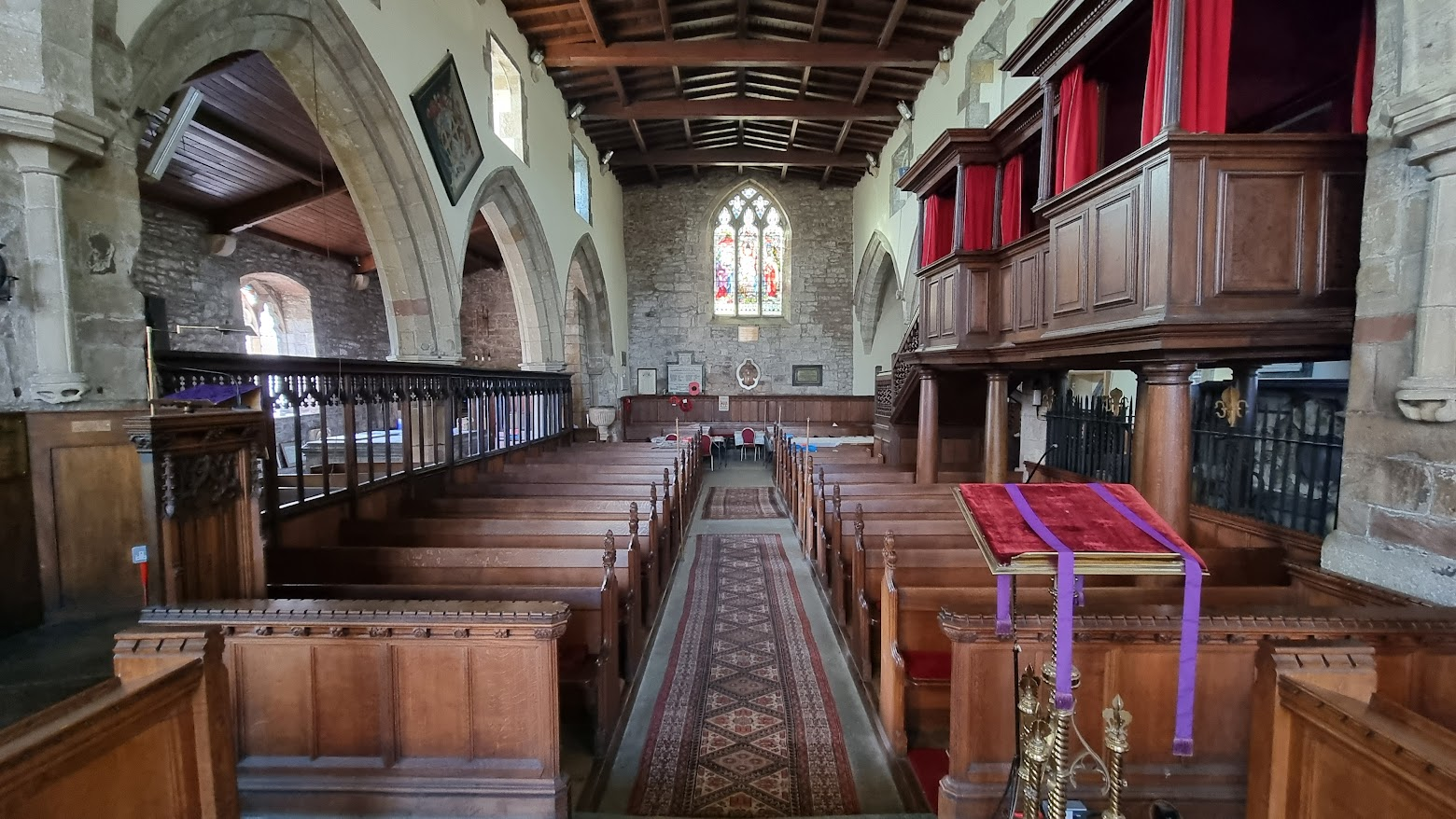St. Mary's Church: A History of Transformation and Renewal
By Barry Richardson
During a recent site visit, I wondered whether we’ve been here before. Being a 1,000+ year old church site, St. Mary's has witnessed significant historical events, seen architectural fashion change, and endured much population change. Each surely left an indelible mark on St Mary’s story…?
Research confirms that continuity of change, and for the sake of brevity, this overview offers only a thin and selective pencil sketch. There are periods of trauma and disestablishment, such as the Black Death, English Civil War(s) and the English Reformation of National significance, and periods of investment and enrichment which added substantial items to the fabric such as Choir Stalls, Organ rebuilding and replacement.
Late Saxon
The original Saxon Church formed part of the 'Manor of the Earldom of Mercia' present in 1067, the year that the Earl's wife, Lady Godiva died. This is the same Lady Godiva famously associated with her alleged naked horseback ride through Coventry, reputedly a condition imposed by her husband Leofric to reduce taxes on the populace.
12th Century - visible remains of the distant past
Construction of the second church building (transitional Norman structure)commenced c.1180 during the reign of King Henry II, a period when much of France remained under English dominion. King John died in nearby Newark Castle in 1216, having lost many of the French territories.
Only the four piers at the crossing remain from this period, the latter being a focal point for current expansion work which is a wonderful nod to continuity across centuries.
Picture taken from the Southwell & Nottingham Church History Project archives https://southwellchurches.nottingham.ac.uk/
13th Century - the rise of the Western Tower
The construction of the present western tower began in 1230. Subsequently, in 1310, two-centuries of building commenced, culminating in the general form of the church seen today.
19th Century - Restoration of ‘Medieval Church’
A substantial restoration occurred in the mid-1800s, the architect being Sir George Gilbert Scott, whose architectural practice led many Church and Cathedral restorations and public building projects.
Much discussion endures about this period of Victorian ‘restoration/rebuilding’ due to the significant architectural change which resulted across English buildings.. St Mary’s appears to have received more sympathetic treatment than others. Works included replacing plaster ceilings with oak, cleaning, repairing and installing stained glass windows, and levelling and tiling floors.
One interesting piece of work I was unaware of removed (high) pews and galleries said to have presented a haphazard view in the church, and whilst I can’t find any illustrations of the church at this time, the simplicity of flow and the open view we now enjoy must have come largely from this period. One significant change was the removal of an earlier organ above the rood screen, which would have completely obscured the view of the East window from the nave.
Churches which have kept their pews and galleries feel very different from the light airy space of St. Mary’s - they reflect past class systems which undoubtedly commanded high pew rents in their days for some of the higher elevations (undoubtedly the best seats in the house).
I wonder if St Mary’s was a larger version of St. Peters of Croft-on-Tees which I visited recently to see their own gallery - See under.
Using the information I can find, I have rendered what St Mary’s could have looked like before the Victorian restoration, and an AI generated interpretation is shown below. As you can see, although it has some appeal, it reduces light, constrains the view of the church, and removes entirely the view to the chancel and East window.
20th Century- preservation and adaptation
The 20th century saw two notable restorations. Between 1961 and 1965, attention was given to the painting of the Nave and Chancel ceilings and stonework cleaned and repaired, and in 1976, focus shifted to provisioning the crossing performance area, further adapting the space for contemporary use and the installation of an altar, the organ rebuild, and church monuments restored.
21st Century - Community Hub, Engagement and Education, Sustainability, Accessibility - A Re-Awakening
In summary, it is clear that St. Mary's Church has undergone substantial change and investment throughout its long life to maintain it and adapt use for current needs. To answer my original question, we have indeed (sort of) ‘been here before’.
The current Re-Awakening works dedicate themselves to a continuation of St Mary’s story across this and future generations and I’m hoping that future blogs explore past work to help bring the Re-Awakening to life.



